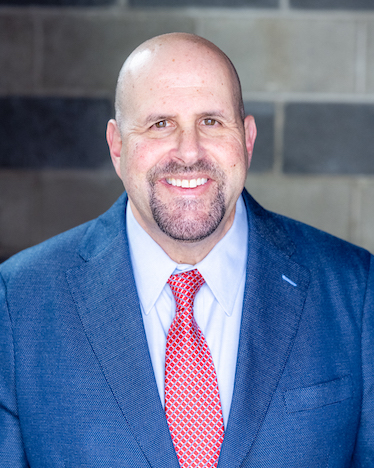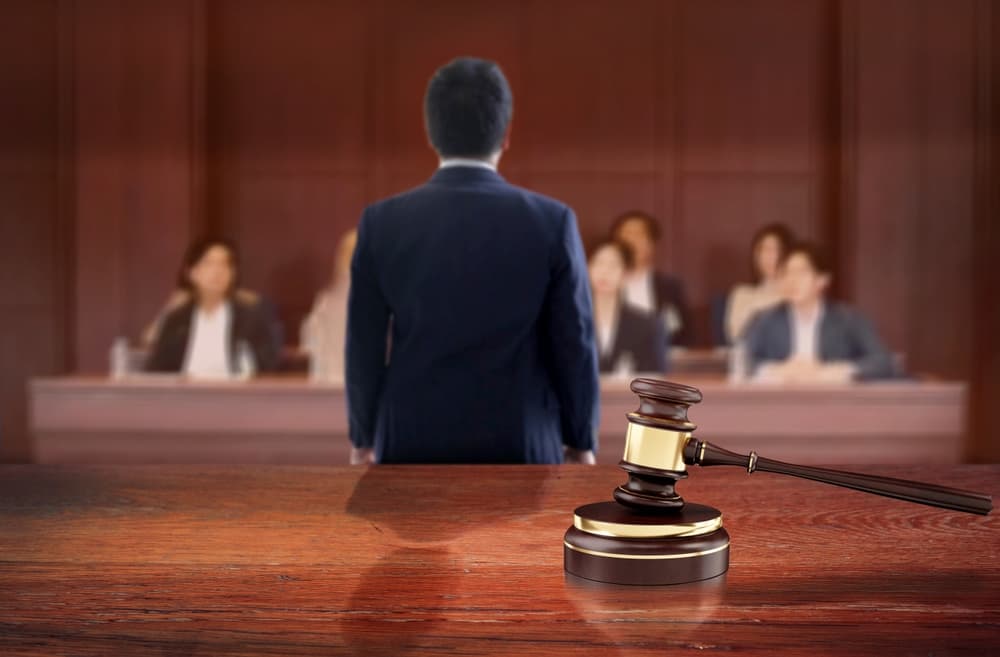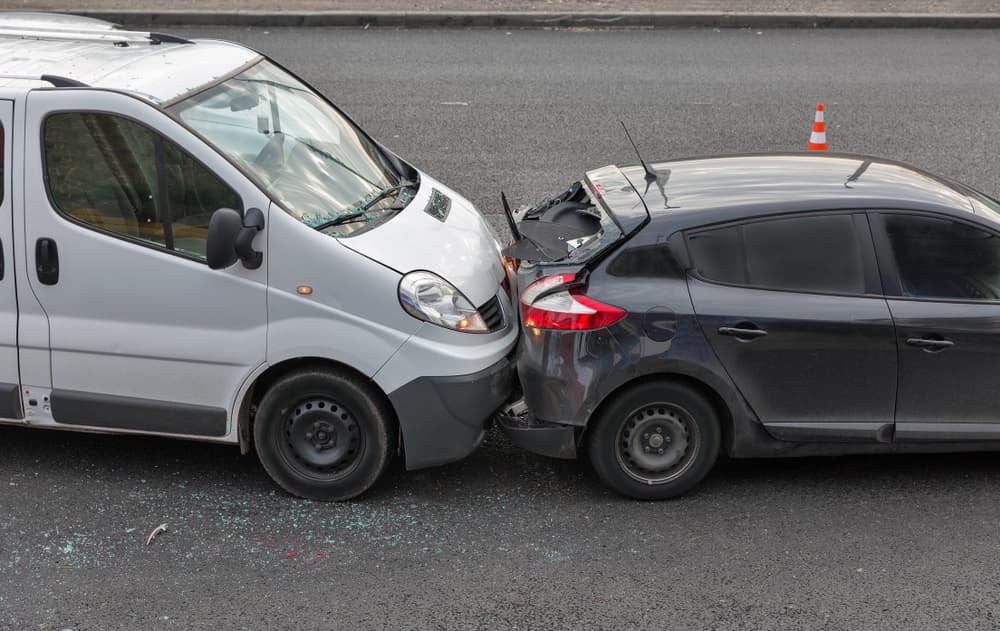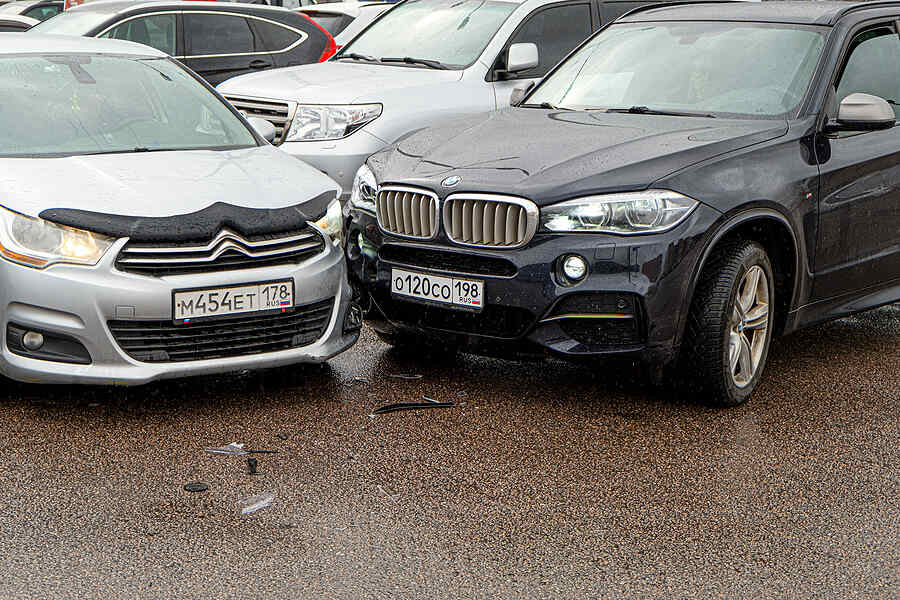The streets of Chicago pulse with life, energy, and the constant flow of vehicles, pedestrians, and bicyclists.
As the heart of the Midwest, Chicago is a city that never sleeps, with millions of people navigating its bustling intersections every day. However, beneath the surface of this metropolis lies a troubling reality: certain intersections have become notorious for their alarming accident rates, posing a serious threat to the safety of all road users.
With millions of residents and visitors navigating the city's streets daily, certain intersections have become notorious for their high accident rates.
In this blog, we'll explore some of the most dangerous intersections in Chicago, shed light on the factors contributing to their hazardous nature, and discuss what you can do after an injury in one of the most dangerous Chicago intersections.
If you or a loved one has been involved in a car crash at one of Chicago's dangerous intersections, reach out to a knowledgeable Chicago car accident lawyer today.
Dangerous Intersections in Chicago
Here are some of the most dangerous intersections in Chicago:
Stony Island Avenue and South Chicago Avenue
Located on the city's South Side, the intersection of Stony Island Avenue and South Chicago Avenue has gained a reputation as one of the most dangerous in Chicago. This fast-paced junction sees a high traffic volume of cars, trucks, motorcycles, pedestrians, and bicyclists.
The wide, multi-lane design of the intersection, coupled with limited visibility and a lack of clear signage, has contributed to numerous accidents over the years. Pedestrians are particularly vulnerable here, as the long crossing distances and insufficient crossing times make it challenging to navigate the intersection safely.
Damen Avenue and North Avenue
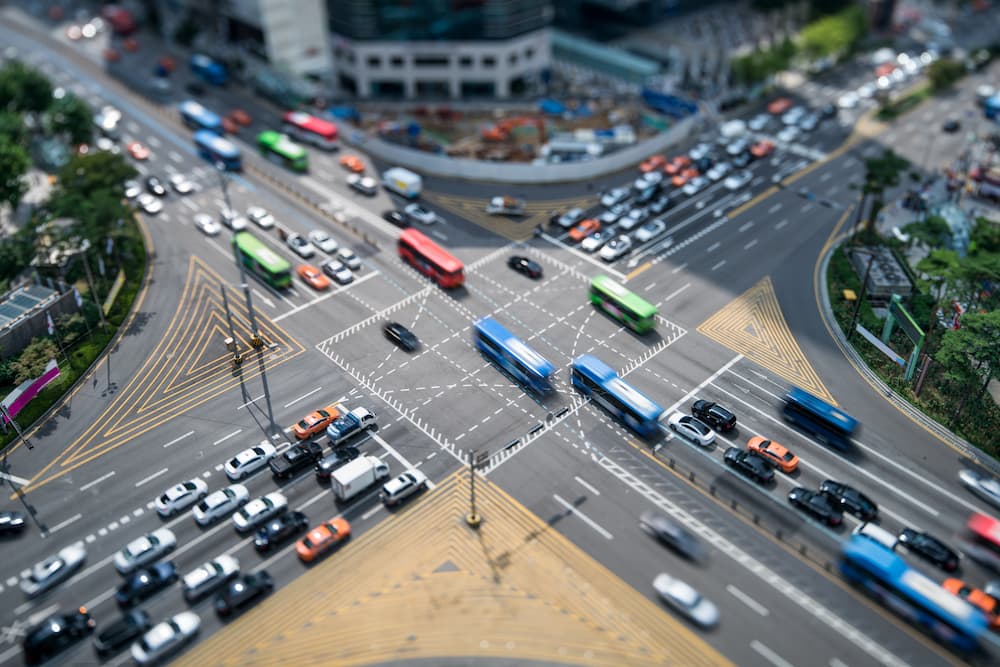
Situated in the heart of Wicker Park, Damen Avenue and North Avenue intersection is a hub of activity, with numerous shops, restaurants, and entertainment venues drawing large crowds. Unfortunately, this popularity has also made it a hotspot for accidents.
The intersection's unique six-way design, with Milwaukee Avenue adding to the mix, creates confusion and unpredictability for drivers and pedestrians alike. The high volume of foot traffic, combined with the intersection's complex layout, has led to numerous collisions involving vehicles, pedestrians, and bicyclists.
Cicero Avenue and Madison Street
On the city's West Side, the intersection of Cicero Avenue and Madison Street has earned a spot on the list of Chicago's most dangerous intersections. This busy junction sees significant truck traffic due to its proximity to industrial areas and major highways.
Heavy vehicles, high speeds, and dense urban surroundings have resulted in frequent accidents, particularly those involving trucks and smaller vehicles. Pedestrians and bicyclists also face risks at this intersection, as the limited space and heavy traffic make it difficult to navigate safely.
Ashland Avenue and 95th Street
The intersection of Ashland Avenue and 95th Street, located in the Beverly neighborhood, has been the scene of numerous accidents. This junction is known for its high-speed traffic, as drivers often exceed the posted limit on the wide, straight stretches of road leading up to the intersection.
The lack of clearly marked crosswalks and pedestrian signals has also contributed to the dangers those on foot face. Bicyclists, too, are at risk here, as the absence of dedicated bike lanes forces them to navigate alongside fast-moving vehicles.
Western Avenue and Belmont Avenue
In the heart of Roscoe Village, Western Avenue and Belmont Avenue intersection has gained notoriety for its high accident rates. This busy junction sees a mix of vehicle types, including cars, trucks, buses, and a significant number of pedestrians and bicyclists.
The intersection's wide design and lack of clear lane markings have led to confusion and unpredictable behavior among drivers. Additionally, the foot traffic generated by nearby businesses and public transportation stops has increased the risk of collisions between vehicles and pedestrians.
What Makes Intersections So Dangerous?
What makes intersection accidents happen? Intersections, by their very nature, are points of convergence where multiple streams of traffic meet and cross paths. This convergence of vehicles, pedestrians, and bicyclists creates inherent risks and challenges, contributing to the high accident rates at many Chicago intersections. Let's explore some of the key factors that make intersections so dangerous:
Conflicting Movements
At intersections, vehicles traveling from different directions must navigate through a shared space, often leading to conflicting movements. Drivers turning left, for example, must yield to oncoming traffic and pedestrians, while those turning right must watch for pedestrians and bicyclists crossing the street. These conflicting movements increase the likelihood of collisions, particularly when road users fail to follow traffic laws or exercise proper caution.
Limited Visibility
Many intersections, especially those in urban areas like Chicago, are surrounded by buildings, trees, and other obstructions that can limit visibility. Drivers may have difficulty seeing approaching vehicles, pedestrians, or bicyclists, particularly when making turns or navigating complex intersection layouts. This limited visibility increases the risk of accidents, as road users may not have sufficient time to react to potential hazards.
Distractions and Human Error
Intersections are often bustling with activity, with numerous visual and auditory stimuli competing for road users' attention, contributing to distracted driving. Drivers may be distracted by cell phones, GPS devices, or other passengers, while pedestrians may be focused on their smartphones or conversations.
These distractions can lead to human error, such as failing to notice traffic signals, overlooking pedestrians in crosswalks, or misjudging the speed and distance of approaching vehicles.
Inadequate Infrastructure
Many intersections in Chicago were designed decades ago when traffic volumes and patterns were significantly different. As the city has grown and evolved, these outdated intersection designs may no longer effectively accommodate the current vehicle, pedestrian, and bicycle traffic levels.
Inadequate infrastructure, such as poorly marked crosswalks, short crossing times for pedestrians, or a lack of dedicated bicycle lanes, can contribute to the dangers faced by road users at intersections.
Speeding and Reckless Driving
Speeding and reckless driving are significant contributors to accidents at intersections. When drivers exceed the posted speed limit or fail to adjust their speed for traffic conditions, they have less time to react to potential hazards and are more likely to cause severe accidents. Reckless behaviors, such as running red lights, failing to yield the right-of-way, or making improper turns, further increase the risks at intersections.
Confusion and Unfamiliarity
Chicago's intersections can be particularly challenging for visitors or those unfamiliar with the city's layout. Confusing intersection designs, such as the six-way intersection at Damen, North, and Milwaukee Avenues, can lead to driver confusion and hesitation. When drivers are unsure of how to navigate an intersection or hesitate in making decisions, they may inadvertently cause accidents or contribute to dangerous situations for other road users.
Solutions and Initiatives
Recognizing the urgent need to address the safety concerns at these and other dangerous intersections, the City of Chicago has implemented various initiatives and projects to reduce accidents and protect all road users.
Vision Zero Chicago
In 2017, the city launched Vision Zero Chicago, a comprehensive plan to eliminate traffic fatalities and serious injuries by 2026. This initiative focuses on improving infrastructure, enhancing education and outreach efforts, and strengthening traffic law enforcement. By identifying and prioritizing high-risk intersections, Vision Zero Chicago aims to target resources and implement effective solutions where they are needed most.
Infrastructure Improvements:
The Chicago Department of Transportation (CDOT) has been working to make physical improvements to dangerous intersections, such as installing new traffic signals, adding or enhancing crosswalks, and implementing traffic calming measures like curb extensions and pedestrian refuges. These infrastructure upgrades are designed to improve visibility, reduce speeds, and provide clearer guidance for all road users.
Education and Outreach:
In addition to physical improvements, the city has been investing in education and outreach programs to promote safe behavior among drivers, pedestrians, and bicyclists. These efforts include public awareness campaigns, community workshops, and partnerships with local organizations to spread the message of traffic safety.
By fostering a culture of responsibility and respect on the roads, Chicago aims to reduce the likelihood of accidents at its most dangerous intersections.
Enforcement:
To ensure compliance with traffic laws and deter dangerous behavior, the Chicago Police Department has collaborated with CDOT to enhance enforcement efforts at high-risk intersections. This includes increased patrols, targeted enforcement campaigns, and the use of automated enforcement technologies like red-light cameras.
The city hopes to create a safer environment for everyone by holding road users accountable for their actions.
How a Lawyer Can Help if You Suffered Injuries in a Chicago Car Accident
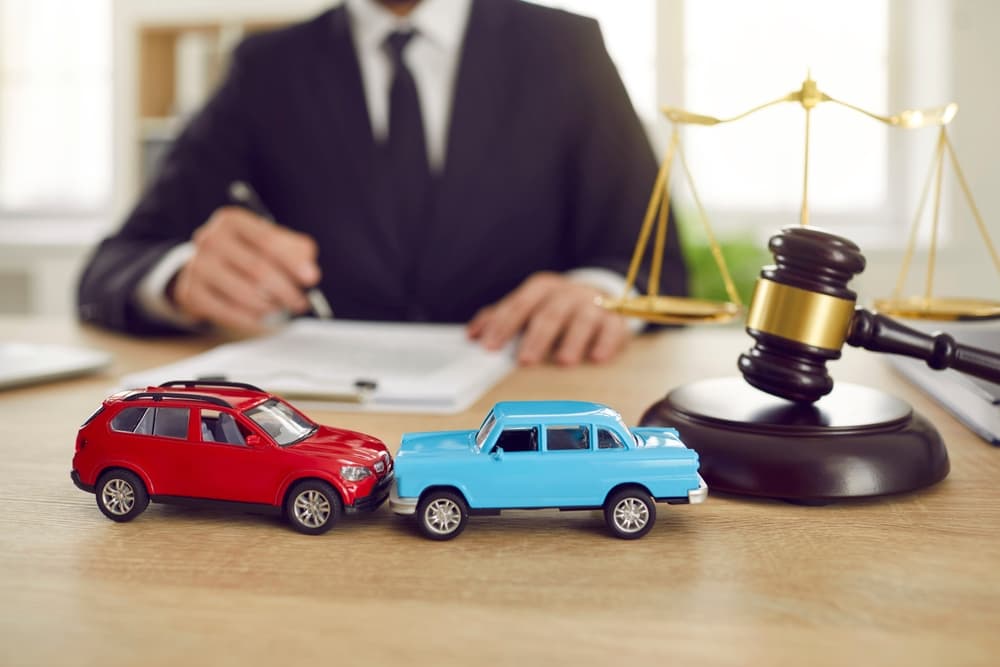
If you or a loved one has been injured in a car accident at one of Chicago's dangerous intersections, you may face a long road to recovery. In addition to the physical pain and emotional trauma, you may also be burdened with mounting medical bills, lost wages, and other accident-related expenses.
During this challenging time, it's essential to understand your legal rights and how an experienced personal injury lawyer can help you navigate the complex process of seeking compensation.
Investigating the Accident
A skilled Chicago personal injury lawyer will thoroughly investigate your accident. This may involve gathering evidence from the scene, interviewing witnesses, reviewing police reports, and consulting with accident reconstruction experts. By building a strong case and establishing liability, your lawyer can help you pursue the compensation you deserve from the at-fault party or their insurance company.
Assessing Your Damages
An experienced lawyer will work with you to assess your damages, including economic and non-economic losses. Economic damages may include medical expenses, lost wages, and property damage, while non-economic damages may include pain and suffering, emotional distress, and loss of enjoyment of life. Your lawyer will use their knowledge and experience to ensure that all of your damages are properly documented and accounted for in your claim.
Negotiating with Insurance Companies
Insurance companies are often more concerned with protecting their own interests than fairly compensating accident victims. They may attempt to minimize your injuries, dispute liability, or offer a low settlement that fails to address your long-term needs. A lawyer will handle all communications with the insurance companies on your behalf, using their negotiating experience to fight for a fair settlement that fully compensates you for your losses.
Representing You in Court
If the insurance company refuses to offer a fair settlement, your lawyer may recommend taking your case to trial. An experienced trial attorney will present a compelling case on your behalf, using evidence, expert testimony, and persuasive arguments to demonstrate the extent of your damages and the at-fault party's liability.
With a strong advocate in your corner, you can focus on your recovery while your lawyer fights for the compensation you deserve in court.
Providing Guidance and Support
Navigating the legal system after a serious car accident can be overwhelming, especially when you're also dealing with physical injuries and emotional trauma. A compassionate personal injury lawyer will provide the guidance and support you need throughout the legal process.
They will answer your questions, keep you informed of developments in your case, and offer advice on important decisions, such as whether to accept a settlement offer or proceed to trial.
An Experienced Car Accident Attorney Can Help
At Abels & Annes, P.C., our team of experienced personal injury attorneys is dedicated to fighting for the rights of accident victims in Chicago. We understand the devastating impact that intersection accidents can have on individuals and families, and we're committed to helping our clients seek the compensation they need to rebuild their lives.
If you or a loved one has been injured in a car accident at one of Chicago's dangerous intersections, contact us today at (312) 924-7575 or through our online form for a free consultation. We'll listen to your story, explain your legal options, and work tirelessly to help you pursue the justice and compensation you deserve.
